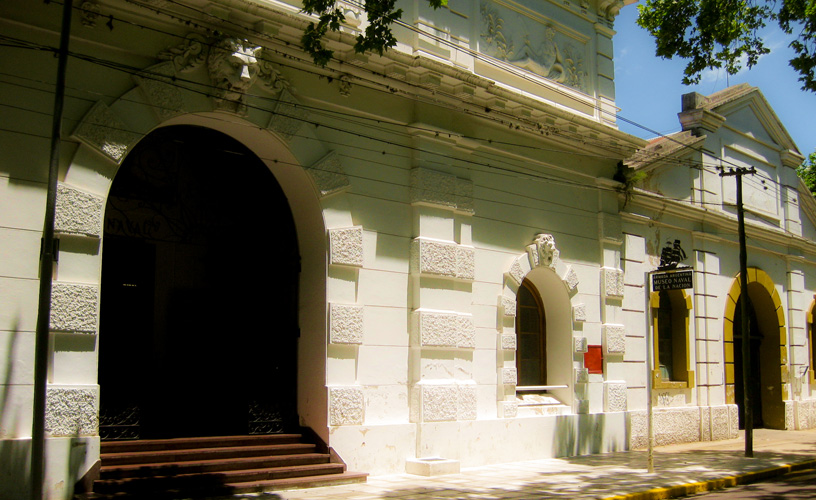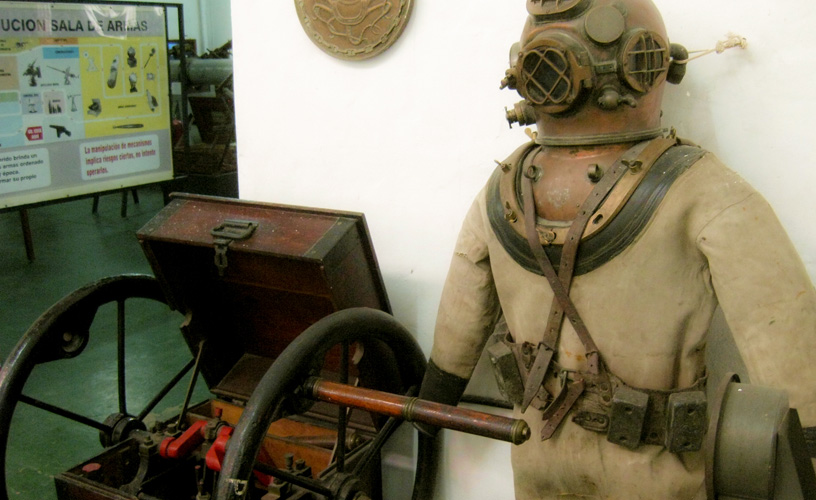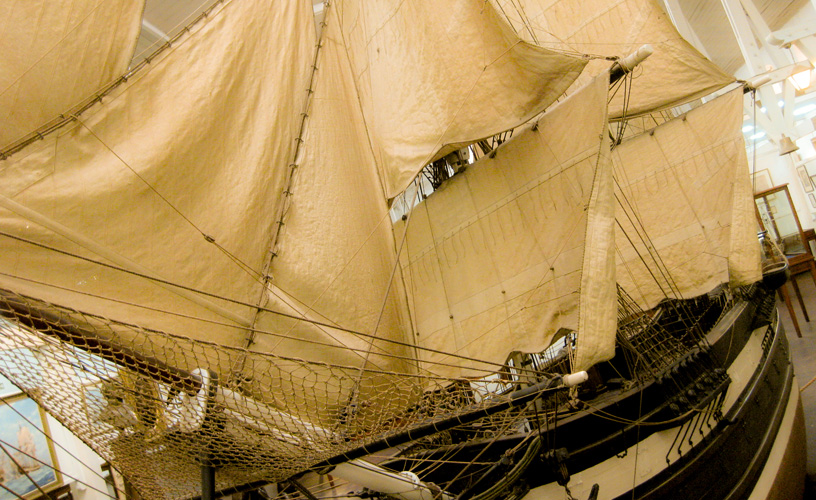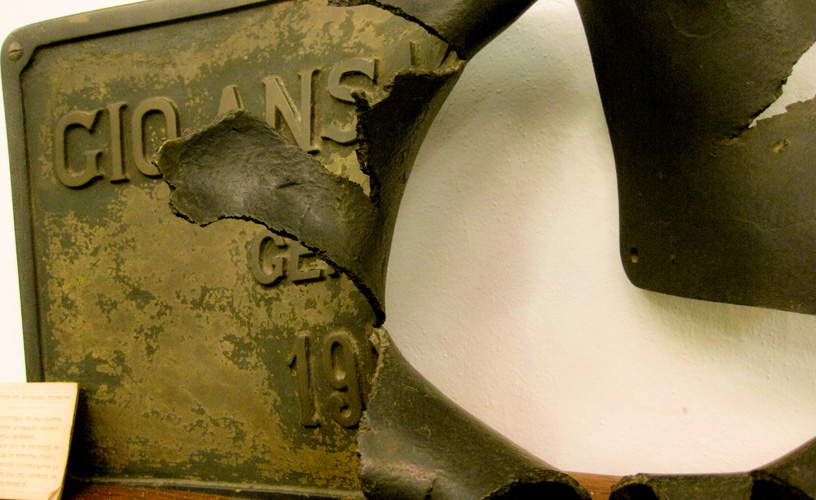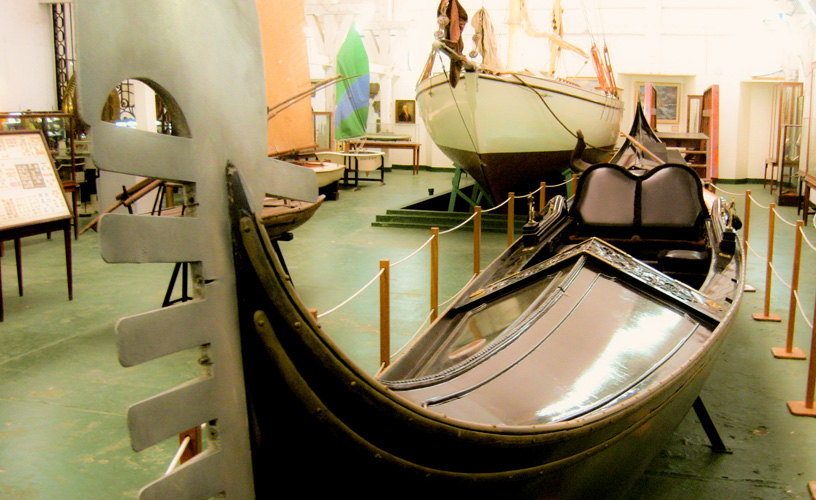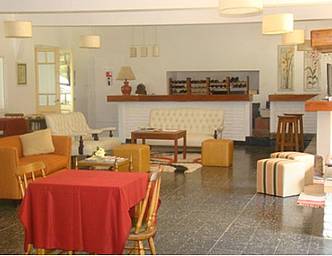The Past of Navigation at the Naval Musuem
With scale models, paintings, ships and historical pieces, the Naval Museum lets us approach the complex art of navigation and the history of Argentina.
The National Naval Museum has a twofold feature: on the one hand, it is a museum run by the Argentinian Army and, therefore, it features a serious, historical, military face, with the remains of ships that took part in battles, sabers used by national heroes and an arms room. On the other hand, the great deal of scale models, reconstructions and real ships on display evoke the fantasies of a child who dreams about being a pirate, traveling across the sea and living one adventure after another. All this and a few more surprises may be found at the National Naval Museum, based at the former Navy workshop building in Tigre, on Paseo Victorica, opposite the Luján River. The youngest children will live this site through fantasy, but the Naval Museum offers a great deal of information for visitors, not only about each exhibited piece, but also about the history of navigation in general.
Tours around the museum rooms in the recommended order starts with large explanatory signs. Then, the scale models include ships used by ancient cultures, from the Egyptians to eighteenth-century Europe, going through the history of navigation in Argentina. After this, the Arms Room, the plane modeling room and a third room where real watercrafts may be observed follow. One of the most fascinating aspects about this museum is the chance to experience what is big and what is small from a close distance. Whereas real watercrafts are on display at one of the rooms –of course they are small if compared with the regular measures used in navigation, though they are large if compared with a person’s size-, several scale models that portray giant ships to a very small scale may be admired in other rooms. It is impossible to ignore the details. Whether standing in front of an Assyrian bireme from the seventh century BC, a Roman quinquereme, a model of the Santa María -Christopher Colombus’ vessel- or a French ship from 1636, everything lies on the infinite but precious details in which time seems to be hidden. Of course, a good portion of the museum is devoted to Argentinian naval history. This is another way of getting familiar with the past of the country: the political changes in the various periods had a direct influence on the construction and use of the ships. In turn, the ships had an impact on the history of Argentina. Scale models, banners, parts of instruments and entire pieces of furniture make visitors feel as if they were on board a ship while walking around this museum. The sea is and has always been an essential element in the life of men. It is fascinating, even for those who do not know it or travel through it. A visit to the National Naval Museum is a voyage towards understanding the relationship between man and the sea.
Marcos Rodríguez
Marcos Rodríguez
Contact of the excursion or tour
Museo Naval de la Nación
Paseo Victorica 602, Tigre, Buenos Aires, Agentina
Phone: +54 11-47490608
